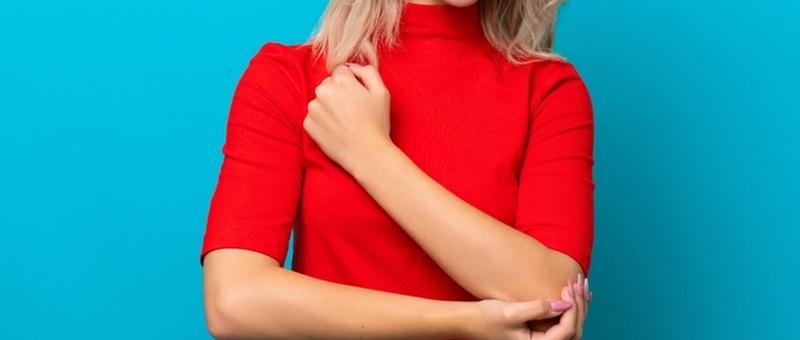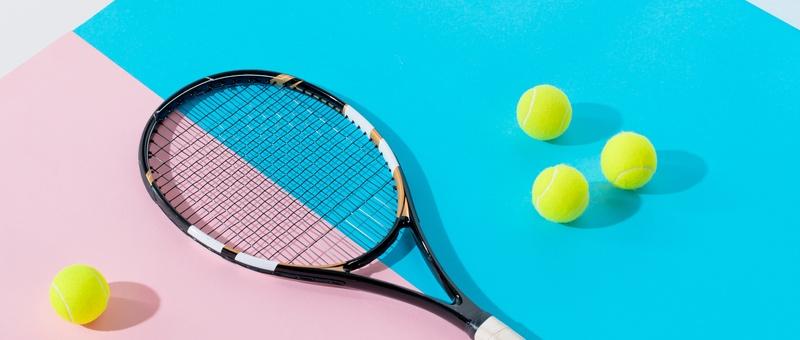
Dolor articular: ¿es bursitis?
Peer reviewed by Dr Krishna Vakharia, MRCGPAuthored by Dr Sarah Jarvis MBE, FRCGPOriginally published 16 Feb 2024
Satisface las necesidades del paciente directrices editoriales
- DescargarDescargar
- Compartir
- Idioma
- Debate
La bursitis es una causa frecuente de dolor, hinchazón y sensibilidad en las articulaciones. A veces está provocada por movimientos repetidos que ejercen presión sobre las articulaciones -como arrodillarse o apoyar el codo- y puede afectar a distintas partes del cuerpo.
En este artículo:
Seguir leyendo
¿Qué es la bursitis?
Bursitis is the medical name for any inflammation, and a bursa is a small fluid-filled sac. So bursitis is inflammation of a bursa anywhere in the body. Most bursae are found near big joints, and help to cushion and reduce friction as the joints move.
You can't feel them until they become inflamed, when they fill with fluid and turn into soft, often tender bulges. The most common symptoms of any kind of bursitis is swelling and pain. Given how much wear and tear our joints get over the years, it's hardly surprising that many of us will suffer from pain and swelling due to bursitis at some point.
What causes bursitis?
Trauma, injury and infection
The most common cause of bursitis is repeated minor trauma - for instance, if you lean on a joint (such as your knee or your elbow) and put pressure on it.
Sometimes a single bigger injury, such as a fall, can lead to inflammation.
Infection is a less common cause - this usually happens if you scratch, cut or graze the skin and germs get in.
Enfermedades de larga duración
Some long term health conditions increase the risk of you developing bursitis. For instance, while gout most commonly affects the base of your big toe, it can affect other joints and make you prone to bursitis.
Rheumatoid arthritis is a form of joint inflammation which happens when your immune system - which usually helps you fight off disease - attacks your joints. Having rheumatoid arthritis increases your risk of bursitis.
Seguir leyendo
Types of bursitis
In all types of bursitis, the main symptoms are pain and swelling. The skin over the bursa may be red and tender, and you may find the movement of your joint is limited.
Prepatellar bursitis - housemaid's knee
Your knee is a particularly common site for bursitis, especially if you do a lot of kneeling. You have four bursae around your knee - two are located on the front of the knee, in front of and below the kneecap (also called the patella).
Inflammation of the bursa in front of the kneecap used to be called housemaid's knee. It's often caused by spending long periods kneeling forwards - as housemaids used to do when they were scrubbing floors. These days, plumbers, roofers, gardeners and carpet fitters are more likely to suffer from it.
Superficial infrapatellar bursitis - clergyman's knee
Bursitis below the kneecap used to be called clergyman's knee - again because there was lots of kneeling involved. It can also happen if you do a lot of jumping, hiking, climbing or going up and down stairs.
Olecranon bursitis - student's elbow
Following the theme of naming forms of bursitis after people who traditionally suffered them, student's elbowis inflammation of the bursa on the tip of your elbow - the olecranon.
This can look like a soft golf ball on the tip of your elbow. It sometimes used to be called miner's elbow or plumber's elbow, as both of these professions can involve a lot of crawling on elbows and knees. It can sometimes affect people who do sport which involves repeatedly throwing with your arm above your head, such as cricket or javelin.
Trochanteric bursitis
Trochanteric bursitisis inflammation of a bursa on the outer side of your hip and upper thigh. It's more common in older people, and unlike some other forms of bursitis it affects more women than men. The repeated actions of running or cycling can cause friction, putting you at higher risk.
How to treat bursitis
Given that the main cause is often overuse of a joint, it makes sense that your doctor will usually advise you to rest the joint concerned. Ice packs - a bag of peas wrapped in a tea towel - can help reduce swelling and inflammation. If you're getting a lot of pain, anti-inflammatory medicines such as ibuprofen, in either cream/gel or tablet form, can also help.
Do be aware, though, that taking high doses of anti-inflammatory tablets, especially in the long term, can cause significant side effects. These include indigestion, bleeding from the stomach and damage to your kidneys - especially if you already have chronic kidney disease.
In the longer term, you also need to try and minimise any activities that brought it on. If you can't avoid kneeling or elbow-leaning, using cushioned knee or elbow pads, or using a thick cushion to kneel on, can reduce the risk of the problem coming back.
Gracias a la revista My Weekly, donde se publicó originalmente este artículo.
Patient picks for Joint health

Huesos, articulaciones y músculos
Wimbledon sirve de recordatorio: tómese en serio el dolor articular
Mientras Wimbledon acapara la atención del país, un destacado especialista en rodillas nos insta a todos -especialmente a los aficionados al tenis- a no descuidar la salud de nuestras articulaciones.
por Victoria Raw

Huesos, articulaciones y músculos
Comprar en el supermercado alimentos que alivien la rigidez y el dolor articular
Las articulaciones doloridas y rígidas son un problema para muchos de nosotros. Sin embargo, lo que comemos puede marcar una gran diferencia y reducir nuestra dependencia de los medicamentos. Como estos cambios empiezan con la compra de alimentos en el supermercado, analizamos qué hacer y qué no hacer en la compra semanal para encaminarnos hacia unas articulaciones más sanas.
por Victoria Raw
Seguir leyendo
Historia del artículo
La información de esta página ha sido revisada por médicos cualificados.
16 Feb 2024 | Originally published
Autores:
Dra. Sarah Jarvis MBE, FRCGPRevisado por expertos
Dr. Krishna Vakharia, MRCGP

Pregunte, comparta, conecte.
Explore debates, formule preguntas y comparta experiencias sobre cientos de temas de salud.

¿Se encuentra mal?
Evalúe sus síntomas en línea de forma gratuita
Sign up to the Patient newsletter
Your weekly dose of clear, trustworthy health advice - written to help you feel informed, confident and in control.
By subscribing you accept our Privacy Policy. You can unsubscribe at any time. We never sell your data.